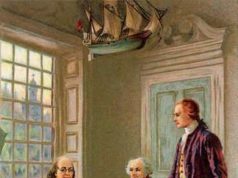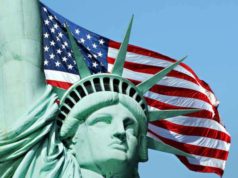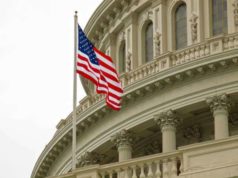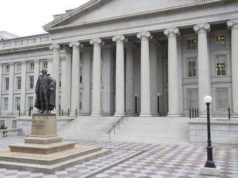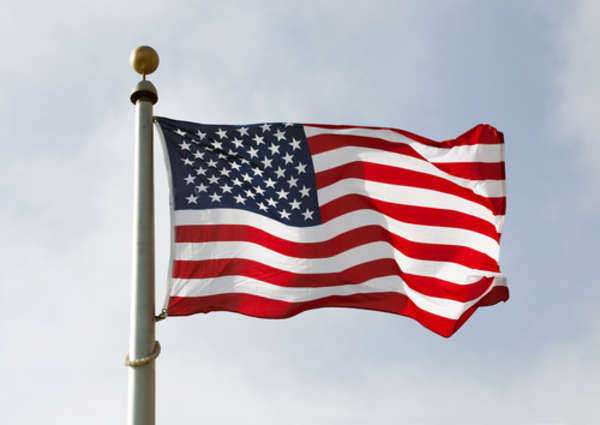
The Treaty of Paris 1783: The End of a Revolutionary Era
The Treaty of Paris 1783, signed on September 3, 1783, marked the end of the American Revolutionary War and sealed the United States’ independence from Great Britain. After years of arduous battle and unyielding determination, this significant agreement brought a conclusion to one of the most transformative periods in American history.
The Treaty of Paris was not an abrupt culmination but rather the result of extensive negotiations that had been ongoing for several years. The conflict between the American colonies and Britain had commenced in 1775, with the Declaration of Independence formally declaring the pursuit of liberty from British rule in 1776. Following this declaration, the Revolutionary War raged on, shaping the course of the nascent nation and demonstrating the unwavering commitment of its citizens to create an independent republic.
The negotiations leading to the Treaty of Paris involved several major players, including Benjamin Franklin, John Jay, and John Adams – all skilled diplomats who advocated for the best interests of the new nation. The diplomats negotiated with British representatives, who were also eager to put an end to the prolonged, expensive war.
The treaty itself consisted of ten articles, outlining the terms of peace and recognizing the autonomous status of the United States. Most significantly, it recognized the independence of thirteen colonies that had declared themselves a sovereign nation. The agreement also defined the boundaries of the new country, extending from the Great Lakes to the Mississippi River and from Florida to Canada. These territorial acquisitions were vital, as they ensured the fledgling nation had access to vast resources and secured its future growth.
Moreover, the Treaty of Paris addressed numerous other essential matters. The restoration of property rights to loyalists, individuals who had remained loyal to the British Crown during the conflict, was guaranteed by the treaty. In contrast, Congress committed to recommend to the states that they return property confiscated from Loyalists – a topic of significant controversy at the end of the revolution.
Additionally, the treaty provided for the release of all prisoners of war and called for an end to hostilities between the two powers. The British agreed to withdraw their troops from the United States, allowing the country to reclaim control over its territory.
The Treaty of Paris 1783 represented a significant diplomatic achievement for the United States. It not only established the nation as a legitimate entity but also solidified its place in the global arena. By recognizing the United States as an independent nation, Britain acknowledged the triumph of a former colony and demonstrated its willingness to negotiate on equal terms.
The impact of the Treaty of Paris reverberated far beyond the signing itself. It laid the groundwork for the establishment of diplomatic relations between the United States and other nations, which would grow and evolve over the years. The treaty also provided a foundation for the formation of the United States Constitution in 1787, and the lessons learned from negotiating the treaty influenced the manner in which future diplomacy and foreign relations were conducted.
In conclusion, the Treaty of Paris 1783 symbolizes the end of a revolutionary era. It marked the beginning of the United States’ journey as an independent nation and set the stage for the democratic principles that continue to shape the country today. The treaty’s legacy, from securing territorial boundaries to negotiating individual rights and promoting diplomatic engagement, has left an indelible mark on American history and serves as a testament to the enduring spirit of a nation born out of conflict.
The Treaty of Paris was a doctrine signed by both British and American representatives on September 3rd, 1783, which officially, diplomatically, and politically solidified the independence of the United States of America from the British monarchy. Though the Revolutionary War had ended in 1776 – unofficially establishing the United States of America as a sovereign nation – the Treaty of Paris formulated diplomatic parameters by which both the British and American nations were required to abide.
Once the British monarchy, now under the rule of King George III, recognized the United States of America as an independent, sovereign nation, other European powers such as the French, Spanish, and Dutch were inclined to follow suit. As a result, a framework of guidelines was established in the Treaty of Paris in order to ensure respectful diplomacy between the newly-borne United States of America and its European counterparts.
Authorship of the Treaty of Paris is credited to Benjamin Franklin, John Adams, and John Jay. The fundamentals expressed within the text of the Treaty of Paris addressed various contingencies and situations, ranging from diplomacy, commerce, and the specification of borders. In addition, as to not repeat the perceived tyranny of the British monarchy under King George II, the authors included clauses within the Treaty of Paris that ensured fair and just dealings with the British Loyalists – both freed, as well as those in captivity – who still remained in the United States of America. The Treaty of Paris is considered to be the United States of America’s first dogmatic doctrine establishing foreign policy.
Many American political figureheads, as well as early settlers, were adamant about westward expansion. However, the authors of the Treaty of Paris were wary of conducting tyrannical diplomatic dealings, and as a result, they were meticulous in their establishment of borders prior to allowing settlers to colonize the Western frontier. Settlers who wished to participate in the westward expansion were permitted to colonize what we now know as Ohio, Indiana, Illinois, Michigan, Wisconsin, and some of Minnesota. By regulating westward expansion, diplomatic relations could be maintained as a result of preventing the encroachment onto territory that belonged to other European nations.
The Treaty of Paris demanded that specified unclaimed lands be shared by multiple nations. For instance, both British and American merchants were permitted to cultivate the land and sea on eastern coastal Canadian provinces, such as Nova Scotia.
The Revolutionary War granted the United States of America independence from British rule, and after their defeat, a majority of British citizens returned to England. However, the Loyalists who remained willingly, and even those who were in captivity, found themselves to be a minority amongst the newly-established United States citizens; a dynamic that created opportunities for the exploitation of the remaining British loyalists. British loyalists, both freed as well as in captivity, were robbed of their lands and possessions, many times without reason or sound justification.
The authors of the Treaty of Paris chose to delineate their democratic principles from the preexisting behaviors of the British Monarchy, and as a result, all land unlawfully seized from British loyalists was ordered to be returned. In addition, all prisoners (both British and American) were ordered to be set free and allowed safe return to their respective homelands.
Finally, the Treaty of Paris instructed that all lawful debt be collected in a fair and just manner, regardless of the nationality of the debt holder. Both British and American citizens were treated equally.
The Treaty of Paris represents the United States of America’s first diplomatic endeavor. As a result of their unjust treatment by the British monarchy, the authors of the Treaty of Paris wished to portray a more humane and just method of diplomatic dealings.




